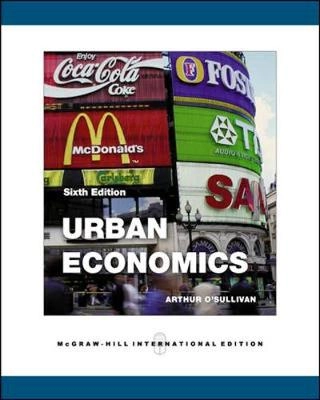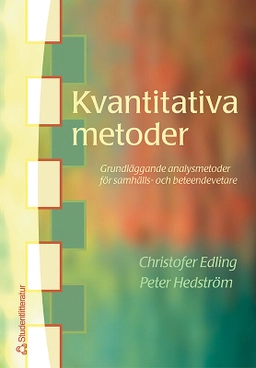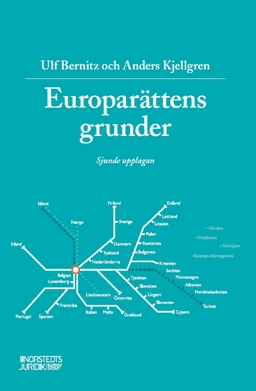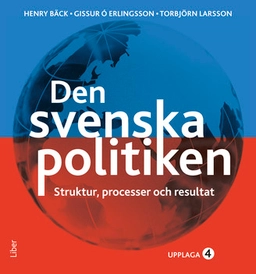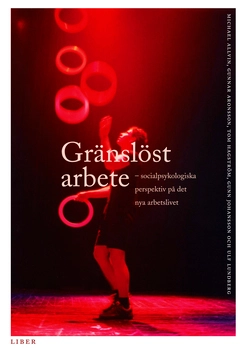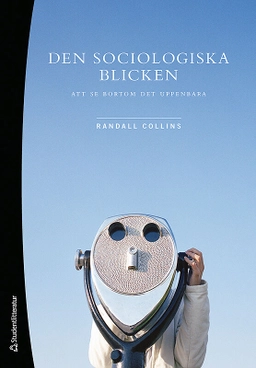Arthur OSullivans Urban Economics is the leading text for this small, but exciting market. This book covers urban economics as the discipline that lies at the intersection of geography and economics. The sixth edition is a thorough revision of previous incarnationsthe author has reorganized and rewritten every chapter to produce a sleek and up-to-date text that will bring renewed attention to the Urban Economics course. this sixth edition offers an extreme makeover from previous editions while also incorporating the remarkable progress in the field of urban economics in the last ten to fifteen years. part i of the book explains why cities exist and what causes them to grow or shrink. part ii examines the market forces that shape cities and the role of government in determining land-use patterns. part iii looks at the urban transportation system, exploring the pricing and design of public transit systems and the externalities associated with automobile use (congestion, environmental damage, collisions). part iv uses a model of the rational criminal to explore the causes of urban crime and the spatial consequences. part v explains the unique features of the housing market and examines the effects of government housing policies. the final part of the book explains the rationale for our fragmented system of local government and explores the responses of local governments to intergovernmental grants and the responses of taxpayers to local taxes. All of the economic concepts used in the book are covered in the typical intermediate microeconomics course, but a Tools of Microeconomics appendix is included that covers the key concepts for students whose exposure to microeconomics is limited to an introductory course or who could benefit from a review of intermediate concepts.
Åtkomstkoder och digitalt tilläggsmaterial garanteras inte med begagnade böcker
